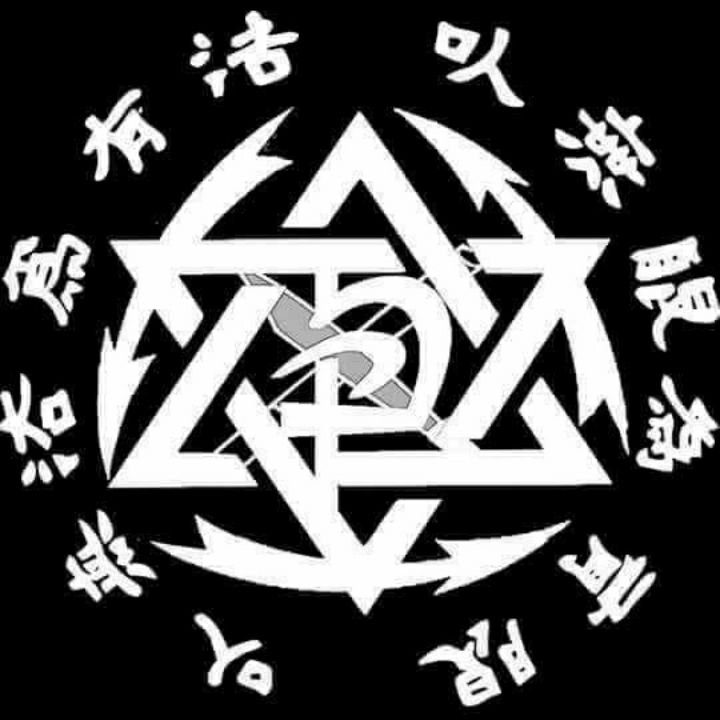CCS Martial Arts Method: A Tactical Approach Applying the R.A.T. Method to Combatives
- Sifu Jeramiah Giehl

- Mar 5
- 4 min read
Updated: Mar 6
Cali Combat Systems (CCS) is a dynamic and highly effective martial arts method that integrates principles from Jeet Kune Do, Filipino Martial Arts, Israeli Krav Maga, Japanese JuJitsu and modern Combative strategies. The system is built upon the R.A.T. (Rapid Assault Tactics) as developed for Sifu Paul Vunak for Seal Team 6, it is based upon three core principles: Entry, Pressure, and Termination. These principles guide practitioners through the progression of combat, ensuring they are prepared for Real-World Confrontations, whether in Self-Defense, Competition, or Tactical Engagements.
1. Entries are Methods we use to Not D.I.E. (Deflect/Destroy, Intercept, Evade)
The first phase of CCS Martial Arts focuses on Entries, Attacks, and Offense, teaching students how to control the fight from the onset.
Brim of Fire: This concept establishes a defensive perimeter where the opponent must enter to engage, providing an opportunity to counter effectively. By maintaining this zone, practitioners dictate the engagement range and timing.
Fight Rhythm: Understanding and breaking the rhythm of combat is crucial. Combatants must have a fight rhythm to break a rhythm, allowing for superior timing and response.
C.O.M.B.A.T. (Counter On Motion Before Attack Time): This principle emphasizes intercepting an opponent before they initiate an attack, disrupting their offense before it gains momentum.
Three Attack Times (B.D.A.):
Before: Intercepting the opponent preemptively.
During: Destroying or deflecting on the motion of their attack.
After: Evading, riposting, or ghosting (ranging out) to regain the advantage.
O.C.R. (Offense, Counter-Offense, Recounter-Offense): This approach shifts the focus away from defense, prioritizing proactive engagement through Attacking, Bridging, and Terminating.
Attributes Development: Training in CCS can focus on either self-preservation (practical combat skills for survival) or self-perfection (continuous refinement of technique and efficiency).
OODA Loop Bypass: With 1,000 repetitions, actions become muscle memory; with 10,000 repetitions, they become instinctual responses. When an action happens we Observe, Orient, Decide and Act. This methodology ensures that reactions are immediate and effective in high-stress situations through Stress Inoculation.
2. Pressure: Blitzing and Overwhelming the Opponent
Once an entry is successfully established, the second stage applies Flow, Bridging, and Counter-Offense through aggressive combative pressure. This phase is defined by relentless forward momentum.
Retzev (Continuous Forward Pressure): Borrowing from Krav Maga, this Hebrew term encapsulates the philosophy of never allowing the opponent to reset or recover.
Overwhelming the Opponent: Using a blitzing approach, rapid combinations to blast the opponent, and controlling the space forces an opponent into a defensive and reactive.
Turning the Opponent into a Pedestrian: This means forcing the opponent onto their back foot, making them vulnerable and unable to counter making them look like a wounded duck backpedaling and defensive.
3. Terminate: Ending the Fight Efficiently
The final phase of the CCS method is termination—neutralizing the threat decisively, where we engage in Recounter-Offense to Terminate the Fight, in order to Finish the Fight, so that we can go home safely.
The Shut Down Phase of the Fight: This stage consists of Trapping, Clinch Fighting and Grappling, ensuring the opponent is fully controlled and neutralized, to shut down their ability to harm you, limiting their options, reducing personal damage and facilitating the fight finish.
Trapping or Sticking: Controlling the opponent’s limbs and limiting their ability to strike. We use Trapping and Sticking to the opponent to Shut Down their ability to hit, in Street or MMA Trapping we do it out of a Kickboxing platform.
Clinching where we Controlling and shut down the opponents ability to hit, is integrated as a Bridge to Terminate the Fight, and facilitating Hard Throws, Ground-and-Pound and Asymmetrical Tactics. In the shutdown phase of a grappling fight, the second step is to clinch, effectively controlling the opponent and eliminating their striking opportunities.
Street Grappling & Finishing Tactics: In real-world confrontations, CCS incorporates asymmetrical tactics such as:
HKE (Headbutts, Knees, and Elbows)
Hard Throws ("hit them with the earth")
Ground-and-Pound finishes Knockouts
Submissions (if safe to grapple and there isn’t weapons or mass attack)
Multiple Opponents & Weapons Considerations: Street confrontations often involve more than one attacker and the presence of weapons. Law enforcement and FBI statistics indicate that 90% of altercations include mass attack or weapons, it is imperative to train for such scenarios.
Foundation in Jeet Kune Do: The Four Phases of Combat
CCS is rooted in Jeet Kune Do’s four phases of combat, ensuring a well-rounded and adaptable skill set:
Kick (Kicking) – Maintaining range control and initiating attacks.
Box (Boxing) – Using hands effectively for striking and counters.
Shutdown (Trapping) – Closing the gap and controlling the opponent.
Grapple (Grappling) – Using clinch control and submissions when necessary.
Conclusion
CCS Martial Arts is an advanced combat system designed for real-world application, combining Entry Tactics, Relentless Pressure, and Decisive Termination. By bypassing the OODA Loop and developing Instinctive Responses, practitioners gain the ability to Control, Overwhelm, and Neutralize Threats with precision and efficiency. Whether for Self-Defense, Law Enforcement, or Combat Sports, CCS provides a systematic and effective approach to martial arts training focused on real-world Self-Defense.

Comments